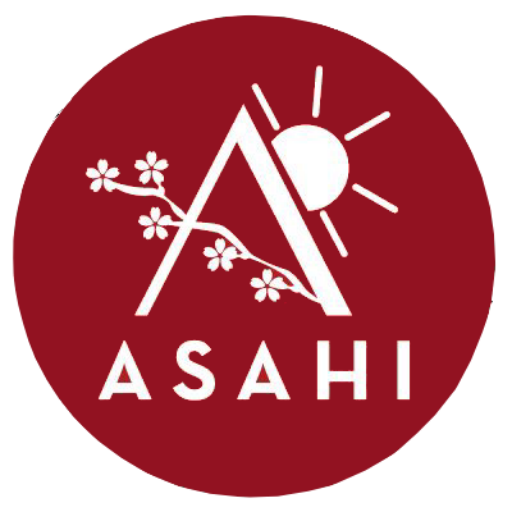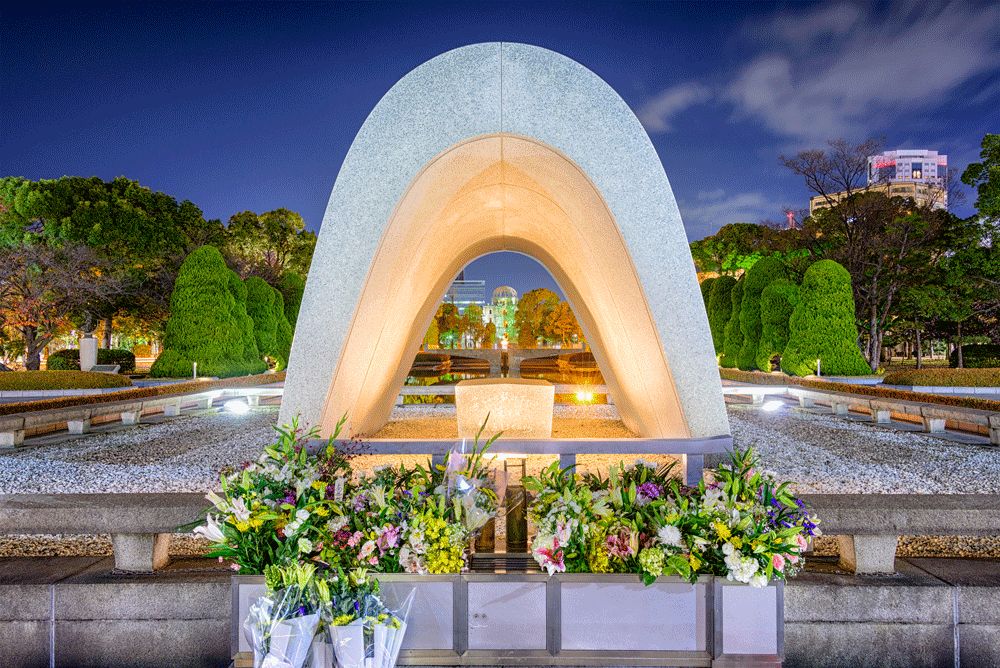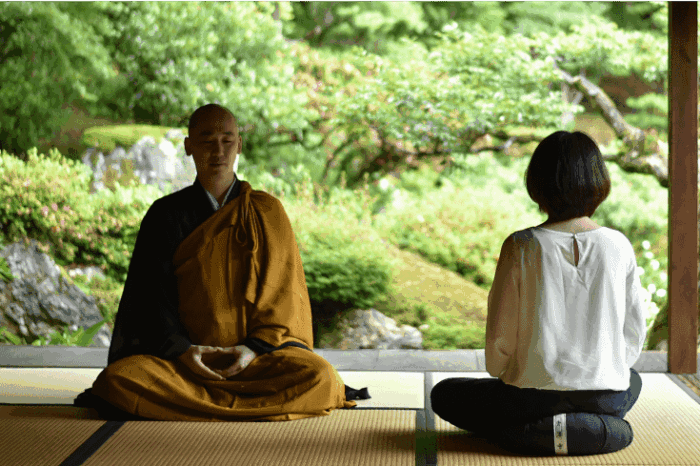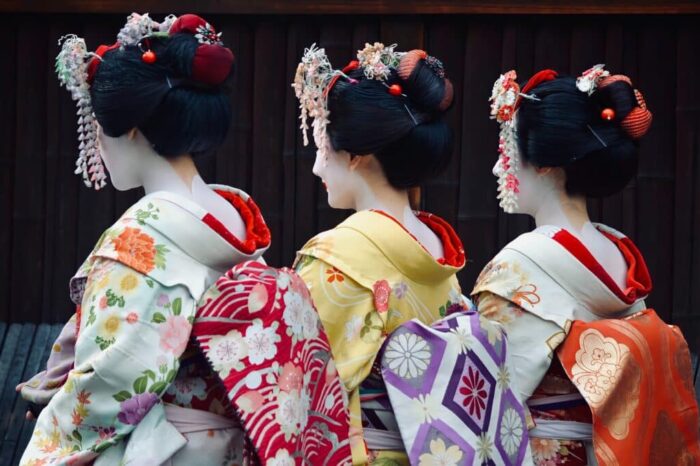Dynamic Japan Tour
The Places You’ll Visit:
Tokyo
Tokyo is one of the 47 prefectures of Japan.Tokyo is in the Kantō region on the southeastern side of the main island Honshu and includes the Izu Islands and Ogasawara Islands. It is the capital of Japan, the center of the Greater Tokyo Area, and the most populous metropolitan area in the world. It is also the seat of the Japanese government and the Imperial Palace, and the home of the Japanese Imperial Family. Tokyo Metropolis was formed in 1943 from the merger of the former Tokyo Prefecture and the city of Tokyo.
The Tokyo Tower
The Tokyo Tower at 333 meters tall, is 13 meters taller than its model, the Eiffel Tower of Paris, and the world’s tallest self-supporting steel tower. It was completed in the year 1958 as a symbol of Japan’s rebirth as a major economic power and serves as a television and radio broadcast antenna and tourist attraction.

Happo-en (Tea Ceremony)
View nature from every angle at the garden of eight views, which has carefully preserved the beautiful Edo ambiance throughout the centuries and enjoy a traditional tea ceremony.

Imperial Palace Plaza
The current Imperial Palace is located on the former site of Edo Castle, a large park area surrounded by moats and massive stone walls in the center of Tokyo, a short walk from Tokyo Station. It is the residence of Japan’s Imperial Family. We will have access to the East Garden Only.
Sumida River Cruise
Pass beneath a total of 12 bridges on the journey down the historically significant Sumida River, starting at Hinode Pier and ending at Azumabashi on Tokyo Bay.

Asakusa Sightseeing
Asakusa is the center of Tokyo’s shitamachi (literally “low city”), one of Tokyo’s districts, where an atmosphere of the Tokyo of past decades survives. Asakusa’s main attraction is Sensoji, a very popular Buddhist temple.
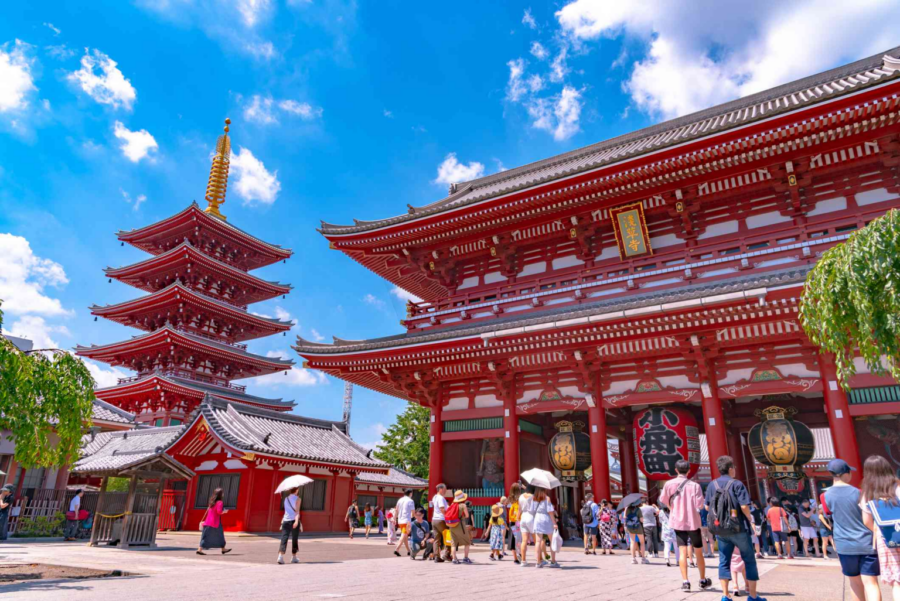
Nakamise Shopping Street
The Nakamise shopping street stretches over approximately 250 meters from Kaminarimon to the main grounds of Sensoji Temple. It is lined with more than 50 shops, which offer local specialties and the usual array of tourist souvenirs.
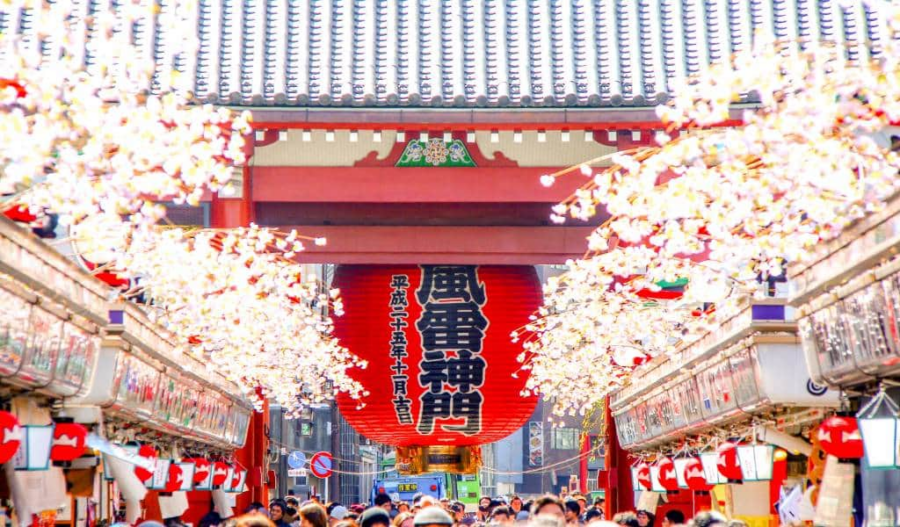
Ginza
Drive through Tokyo’s most uptown, classy, and luxurious shopping district, filled with towering department stores and a vast variety of brand name shops.

Hakone
Hakone is part of Shizuoka Prefecture, less than 100 kilometers from Tokyo. It is famous for its hot springs, outdoor activities, natural beauty and the view of nearby Mt. Fuji. Hakone is one of the most popular destinations among Japanese and international tourists looking for a break from Tokyo.

Mt. Fuji 5th Station
Mount Fuji (Fujisan) is with 3776 meters Japan’s highest mountain, making It is no surprise that the nearly perfectly shaped volcano, has been worshipped as a sacred mountain and experienced big popularity among artists and common people.

Lake Ashi Cruise
Lake Ashi or Hakone Lake is a scenic lake in the Hakone area of Kanagawa Prefecture in Japan. It is a crater lake that lies along the southwest wall of the caldera of Mount Hakone, a complex volcano. The lake is known for its views of Mt. Fuji and its numerous hot springs. A number of pleasure boats and ferries traverse the lake, providing scenic views for tourists and passengers.

Mt. Komagatake Ropeway
The Central Alps Komagatake Ropeway, which opened in 1967 as Japan’ s first mountain ropeway line, runs up to the Senjojiki Cirque directly below Mt. Hokendake. Chuo Alps Kanko celebrated its 50th anniversary in 2013. From the top of Mt. Komagatake (elevation: 2956 m, 9698 f t.), the main peak of the Central Alps, you have access to exquisite views of not only Mt. Fuji, but also of the Southern Alps, Mt. Ontake, Mt. Norikura, and the Northern Alps. The area is also famous for being home to a treasure trove of different rare alpine flowers and other alpine plants. Take a ride on the Central Alps Komagatake Ropeway and enjoy experiencing one of the greatest expanses of natural scenery in Japan.
Nikko Toshogu Shrine
The Toshogu Shrine is the main attraction of Nikko. The Shinto shrine is dedicated to the kami (spirit) of Ieyasu (d. 1616), who founded the Tokugawa Shogunate, a military dynasty that ruled Japan from 1603 to 1867. Toshogu Shrine is famous for the sculptures of the Three Wise Monkeys who ‘hear no evil, see no evil, speak no evil’ and it’s rare highly decorative gate. Toshogu Shrine, in Nikko, is a UNESCO World Heritage Site and forms part of the “Shrines and Temples of Nikko” listing.
Lake Chuzenji
Lake Chuzenji (中禅寺湖, Chūzenjiko) is a scenic lake in the mountains above the town of Nikko. It is located at the foot of Mount Nantai, Nikko’s sacred volcano, whose eruption blocked the valley below, thereby creating Lake Chuzenji about 20,000 years ago. Chuzenjiko’s shores are mostly undeveloped and forested except at the lake’s eastern end where the small hot spring town of Chuzenjiko Onsen was built. The town is also the site of Kegon Waterfall, the most famous of several waterfalls in Nikko National Park. Another popular waterfall, Ryuzu Waterfall, is located on the northern shores of Lake Chuzenji where Yukawa River discharges into the lake.

Kegon Waterfall
The almost 100-meter tall Kegon Waterfall (華厳の滝, Kegon no taki) is the most famous of Nikko’s many beautiful waterfalls. In fact, it is even ranked as one of Japan’s three most beautiful falls, along with Nachi Waterfall in Wakayama Prefecture and Fukuroda Waterfall in Ibaraki Prefecture. Kegon Waterfall is the only exit for the waters of Lake Chuzenji. It can be seen from a free observation platform that is easily accessible on foot, as well as from a paid platform at the base of the falls. The paid platform is accessed via a 100-meter deep elevator and offers the more impressive views. The sight of Kegon Waterfall in combination with Lake Chuzenji can be enjoyed from Akechidaira Observatory, which is accessible by ropeway from Akechidaira Plateau.

Hiroshima
Hiroshima is the capital of Hiroshima Prefecture, and the largest city in the Chūgoku region of western Honshu, the largest island of Japan. It is best known as the first city in history to be targeted by a nuclear weapon when the United States Army Air Forces (USAAF) dropped an atomic bomb on it on August 6, 1945, near the end of World War II. The city’s name means “Wide Island” in Japanese.
Miyajima Island and Itsukushima Shrine
Miyajima Island and Itsukushima Shrine is an island in the western part of the Inland Sea of Japan, located in the northwest of Hiroshima Bay. It is popularly known as Miyajima. Itsukushima is famous for the Itsukushima Shrine, a UNESCO World Heritage Site. According to records, the shrine was established in the time of Empress Suiko. The warrior-courtier Taira no Kiyomori gave the shrine its present form. In 1555, MōriMotonari defeated Sue Harukata at the Battle of Miyajima. Toyotomi Hideyoshi built a large building, the Senjō-kaku, on a hill above the shrine.

Hiroshima Peace Memorial Park and Museum
This large-scale park was established in 1949 after the Pacific War ended, and is visited by countless visitors as a symbol of peace. The museum within the park is an Important Cultural Property of Japan and was built to remind future generations of the terror wrought by atomic bombs.
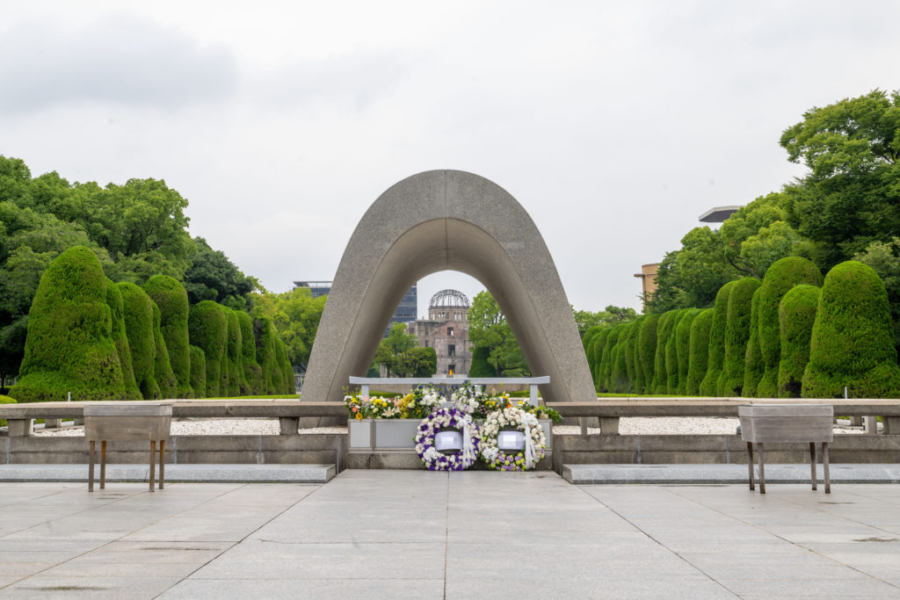
Atomic Bomb Dome
The Atomic Bomb Dome is a symbol of the disastrous atomic bombing during WWII, the first atomic bombs used in human history, and has been preserved as it was to promote peace and elimination of atomic weapons around the world.

Kyoto
Formerly known as Meaco, is a city located in the central part of the island of Honshu, Japan. It has a population close to 1.5 million. It has been the imperial capital of Japan for more than one thousand years, it is now the capital city of Kyoto Prefecture located in the Kansai region, as well as a major part of the Kyoto-Osaka-Kobe metropolitan area. One historical nickname for the city is the City of Ten Thousand Shrines.
Nijo Castle
A UNESCO World Heritage Site. Tour the historical castle completed in 1626, which was built to provide lodging for Tokugawa Shogun and as a palladium for Kyoto Imperial Palace.

Kinkaku-ji Temple
A World Heritage Site, also known as the Golden Pavilion. The wooden architecture is covered in thin layers of pure gold and is surrounded by a beautiful lake.
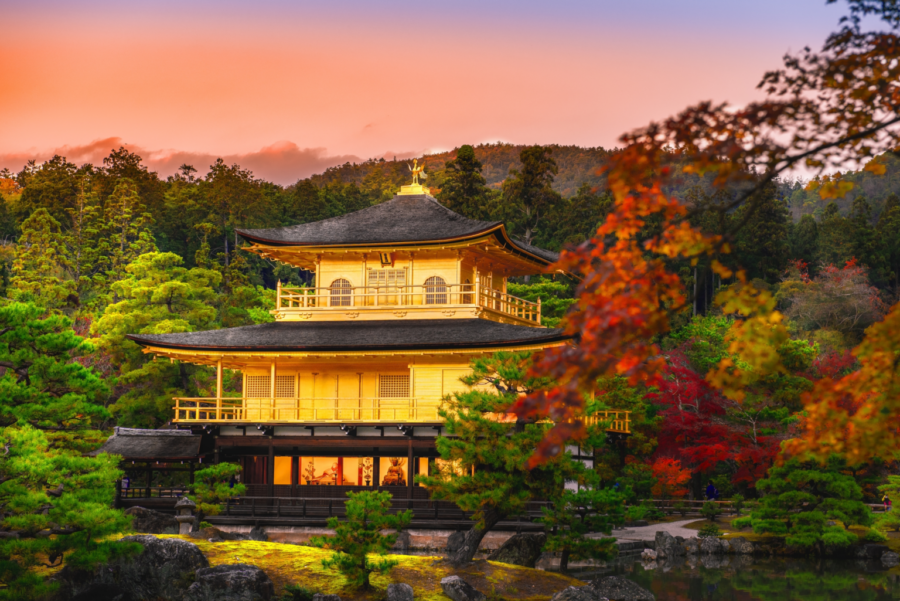
Kyoto Imperial Palace
Rich in tradition, Kyoto Imperial Palace preserves the look and ambiance of the Palace as it had been in the time of Japan’s ancient imperial dynasties. The current Palace was rebuilt in 1855 and comprises several structures–including the Shisinden, the Seiryoden, the Kogosyo, the Ogakumonjyo, and the Otsunegoten–that reflect the architectural styles of various periods.
Kitano Tenmangu Shrine
This shrine’s main hall is a designated national treasure and is famous for housing the God of scholarship. The shrine is especially great to see during the plum blossom and autumn leaf seasons.
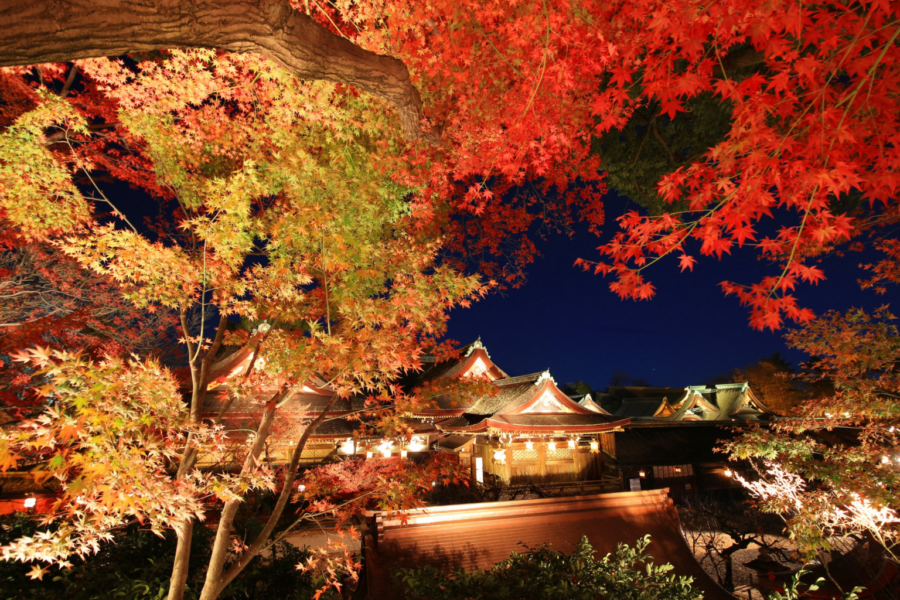
Nara Park & Todai-ji Temple
This is the symbol of the Nara Period and one of the world’s largest wooden structures. Its huge main hall and bronze Great Buddha are impressive to behold.
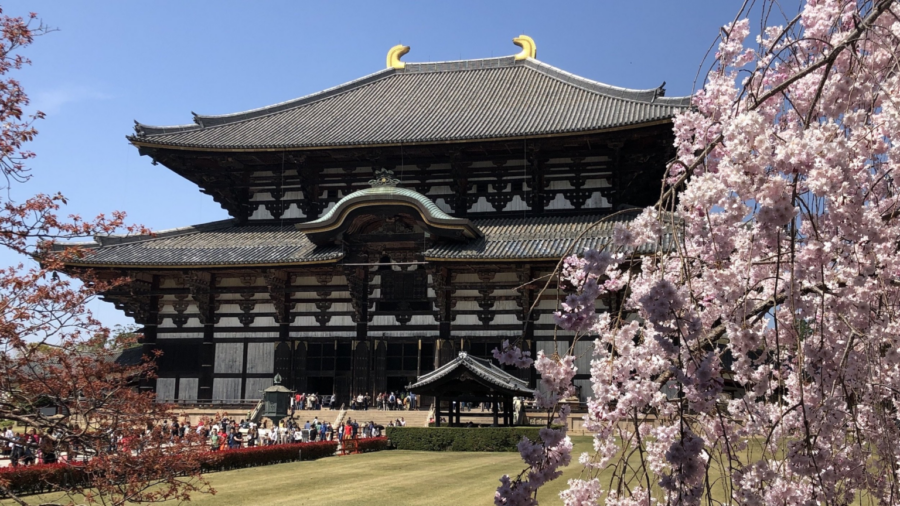
Kasuga Taisha Shrine
This Nara Period shrine is designated as a World Heritage Site. The deer of Nara Park is thought to be the shrine messengers.
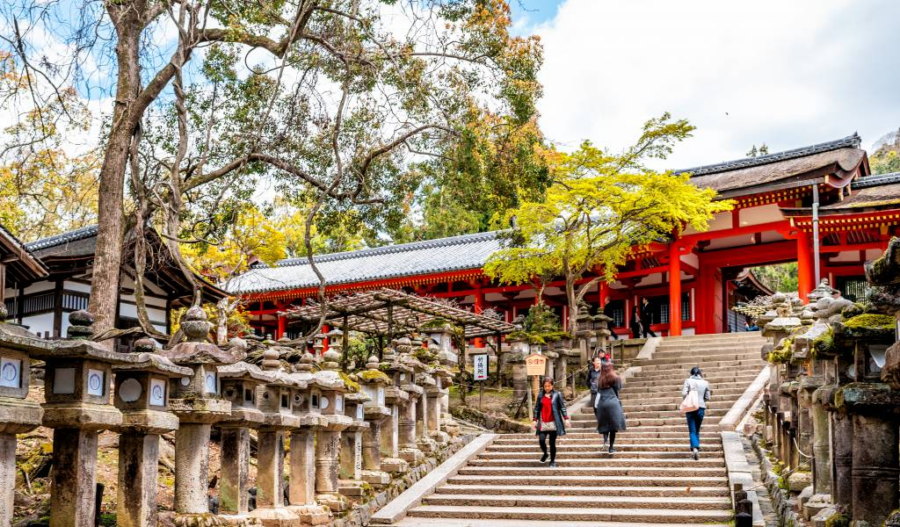
Nara Nagomikan
The largest souvenir shop in Nara. Enjoy yourself in this spacious shop and look for the perfect souvenir.
Our Services
We offer a comprehensive range of services to meet your travel need.

Itinerary Planning
Let us create a tailor-made itinerary that reflects your interests, preferences & budget.
Expert Guidance
Our team of experts is here to offer personalized guidance and support every step of the way.
24/7 Customer Support
Book places effortlessly with our secure platform, backed by expert support.
Travel Logistics
We handle transfers, accommodation and transport, so you just relax and explore.-
IncludedLocal transportation5 Star AccomodationProfessional GuideEntry Fees
-
Not IncludedDeparture Taxes
